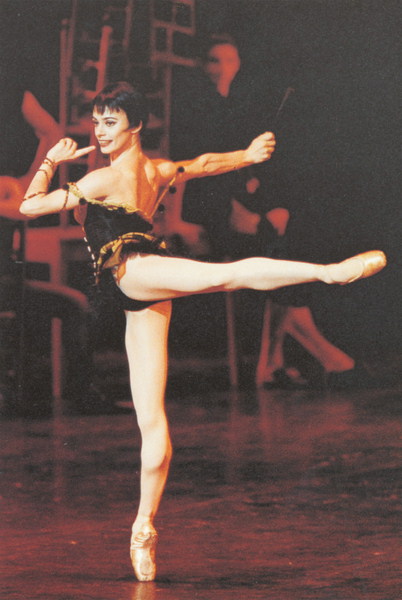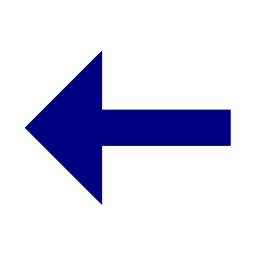Balancing
When a dancer is on balance, which is commonly
referred to as being 'on center', they are in
static equilibrium. This is achieved by the
dancer's center of gravity being located
directly over their contact point with the
ground. If the dancer's center of gravity is not
lined up with the contact point, they will
experience an angular acceleration from the
force of gravity. This happens because since
both the normal force from the floor and the
frictional force on the dancer are now at an
angle to the vertical line connecting the
contact point and the center of gravity so they
exert a torque. This torque is what causes the
angular acceleration of the body.
A larger
contact area with the floor makes for easier
balancing because the vertical line connecting
the center of gravity and the contact point can
reside above any point within the contact area.
For example, if both feet are on the ground
there is a large area that the center of gravity
can be positioned on, but if only the tip of one
foot is on the ground, this area is much
smaller. Therefore, it is much more difficult
and requires a lot more strength to dance en
pointe.
Since
the human body can never be truly still, the
dancer must constantly be making small
adjustments with their muscles in able to
maintain a balance. By slightly adjusting
specific muscle groups from the feet to the
torso, and sometimes the position of the arms, a
dancer can move their center of gravity in order
to keep it as close as possible to being above
their contact point with the floor. |

Laws, K. (2002).
|

Alessandra Ferri executing a perfectly balanced arabesque.
http://www.ballerinagallery.com/ferri.htm
 
|





